The Ultimate Guide to Choosing the Right Livestock Barn for Your Farm
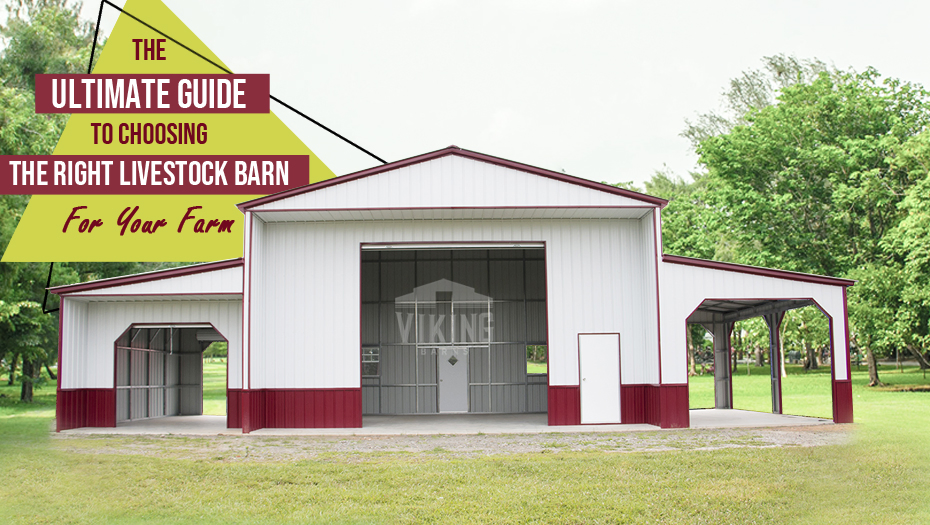
Selecting the right barns for livestock is crucial to generating successful revenue and for the well-being of the animals. Many factors go into consideration, such as size, ventilation, insulation, layout, etc. The size must be selected keeping in mind the needs of the current herd’s size as well as those in the near future.
Choosing The Perfect Livestock Barn For Your Farm: A Comprehensive Guide
1# Size & Layout
When selecting a size, a lot depends on which animal species you want to shelter. For instance, lactating cows:
- The stall width must be at least 45 to 48 inches.
- The stall length for forward lunging should be 8 to 8.5 feet.
- Neck rail height should be around 44 to 46 inches.
- The bunk space should be about 24 to 30 inches per cow.
- For 200 cattle, the total area needed is about 10,000 sq. ft.
You can choose from roughly three layouts of cattle buildings – hoop barn, vented gable roof barn, and mono slope barn. The Monoslope barn has maximum sun exposure for heat during winters and shade in summers. It also has excellent ventilation.
The vented gable roof barn provides balanced ventilation from its upward-sloping sides, which meet at the covered vent at the center. Lastly, the most affordable hoop barn has a canvas roof shape with open sides for air.
The layout of the cattle buildings must be efficient for feeding, cleaning, and managing animals. You can research and consult experts to ensure that the livestock shelter meets the specific needs of the farm and livestock species.
2# Things To Consider When Setting Budget & Goals For Livestock
- No. of animals
- Type of animal
- Minimal space required for each
- Easy of daily chores for farm workers
- Adequate space
- Proper vents
- Local weather throughout the year
- The right kind of metal livestock barns
- Cost-effective and weather-resistant barn: Hoop Barns
- Well-insulated for winter protection: Gable Barns
If you are on a tight budget, look for animal barns for sale online. Select a metal dealer offering the best deal without compromising material and quality. Request a quote and compare it to find the value for the money deal. Our final quote includes delivery and installation, so you don’t have to go through all the hassle.
3# Material Options
Are you thinking about a traditional farm-style barn? Don’t worry! Metal livestock barns are robust, durable, and long-lasting and come with low maintenance. They do not rot, decay, twist, bend, or crack with time, retaining their structural integrity.
Not only that, metal is resistant to pests, fire, external weather conditions, and molding. They do not emit harmful and toxic VOCs with time. So your cattle or horses are healthier and safer. You can opt for a traditional-looking red barn or a modern & sleek design barn.
4# Vents & Insulation
Proper ventilation is essential to reduce humidity and moisture. It also helps prevent respiratory issues among cattle and horses. If your barn is located in an open space, you can opt for natural or passive ventilation.
Here, the outside wind force is circulated inside the building via an opening. It does not require electricity to work. It is common in the northern US region with milder summers. You can use mechanical or active ventilation to control the air. It is suitable for tight temperature control.
Insulation, however, helps regulate temperature and keep livestock and farm workers comfortable all year round. It prevents precipitation and reduces the chances of molds or mildew growth. The cost-effective insulation is straw & hay, which have air pockets that act as thermal breaks that reduce heat transfer inside barns for livestock.
5# Easy Accessibility & Wide Aisle Space
The barn’s layout must be easily accessible to workers and easy for animals to maneuver without getting hurt. Opt for a large and wider central aisle barn with animal pens on both sides. You can also opt for a taller barn and use vertical space as a loft or false floor for storing hay, feed, and other items.
If you want to shelter a large number of animals, consider a clear span design. It has no internal support columns or walls. It can span up to 300 feet in width and can be as high as 80 feet or even more.
6# Customization Options
- Color: Opt for a lighter reflective coating on the roof to redirect sunlight. This will prevent heating inside.
- Roof Style: Choose a corrugated vertical metal roofing panel. This panel is the most durable and easy to clean, as the ridges run toward the ground, sliding off dust, debris, and water.
- Add Gutter: Install a gutter with a downspout for areas with frequent downpours. It will carry water from the roof towards a deposition tank that can be later used for irrigation or non-portable use.
- Foundation Type: Choose a floor comfortable for cows or horses and waste management. Some examples are traditional bedding on concrete or dirt, slatted floors with waste drainage, etc.
- Individual Stall: Make sure the stall is spacious enough for the animal to stand, sit, and rest. There must also be proper ventilation and lighting.
7# Consider Certification
If you live in an area with frequent thunderstorms, high-speed winds, hail storms, or heavy snowfall, opt for engineer-certified metal livestock barns. They are made to meet and exceed local building codes and guidelines.
8# Fencing & Door Style
You won’t want your neighbors complaining about animals gazing on their land or destroying their property. The best way to prevent it is to add fencing around the barn. This will restrict animals from wandering around.
Opt for larger and wider steel doors. They will have enough space for cattle to enter and exit easily. You can also install Wi-Fi-enabled security cameras with motion sensors to keep an eye on animals and ensure their safety.
9# Landscaping & Signage
Lastly, add greenspace outside your barn and cool signage to create a warm and welcoming outdoor space. Choose livestock-friendly plants that can thrive in your climate. You can opt for drought-resistant plants that can withstand any weather conditions. Don’t forget to include signage, as it is an art that creates a mark for cattle buildings.
Your Livestock Barn Solution Starts Here
Investing in a high-quality steel monitor barn will pay off in the long run, as your animals will be healthy, and your productivity and overall efficiency will increase. For expert guidance for your livestock barn tailored to your specific needs, call (704) 579-6966 today!
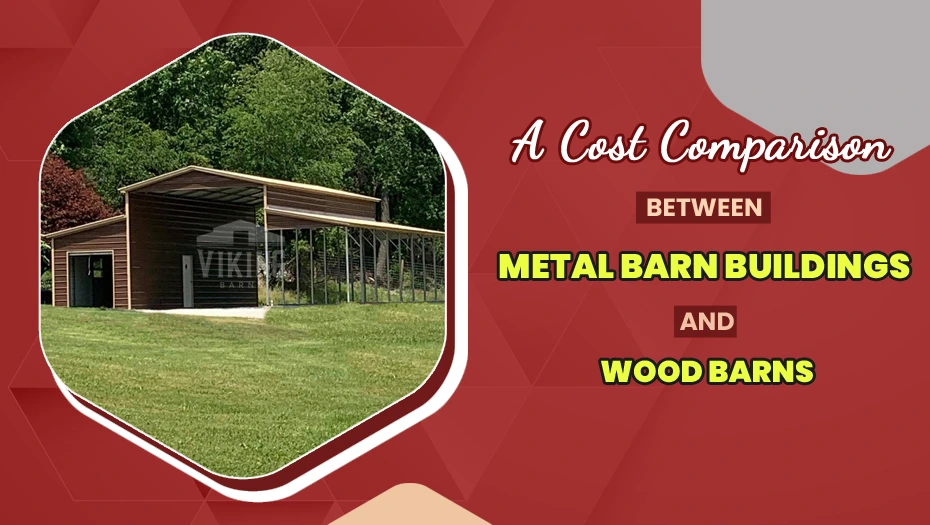

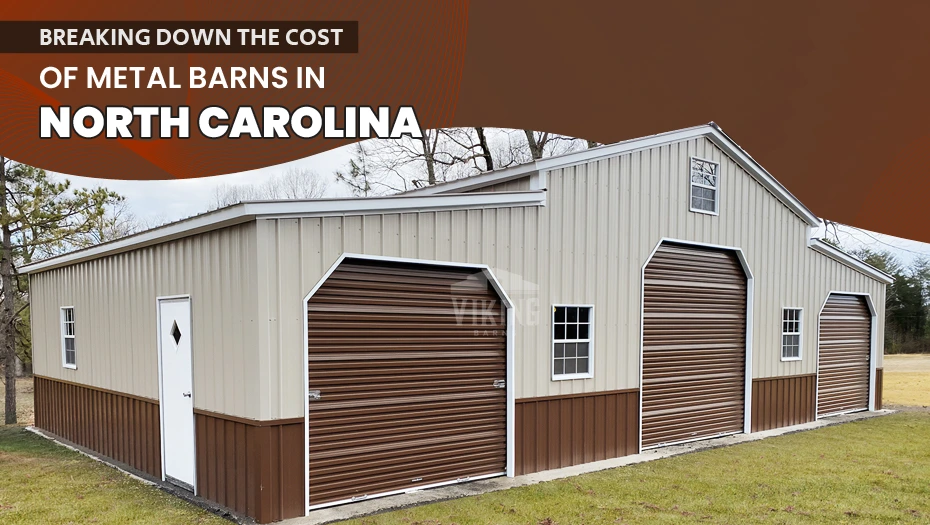
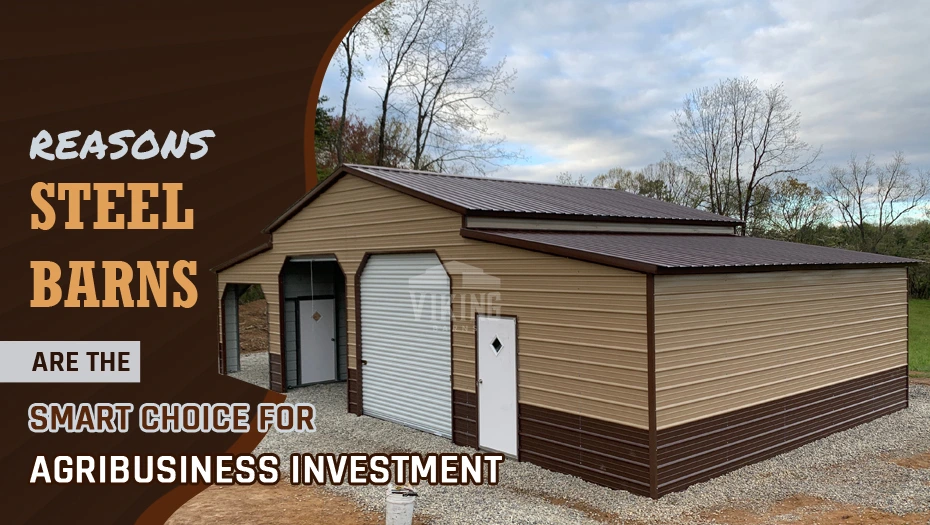
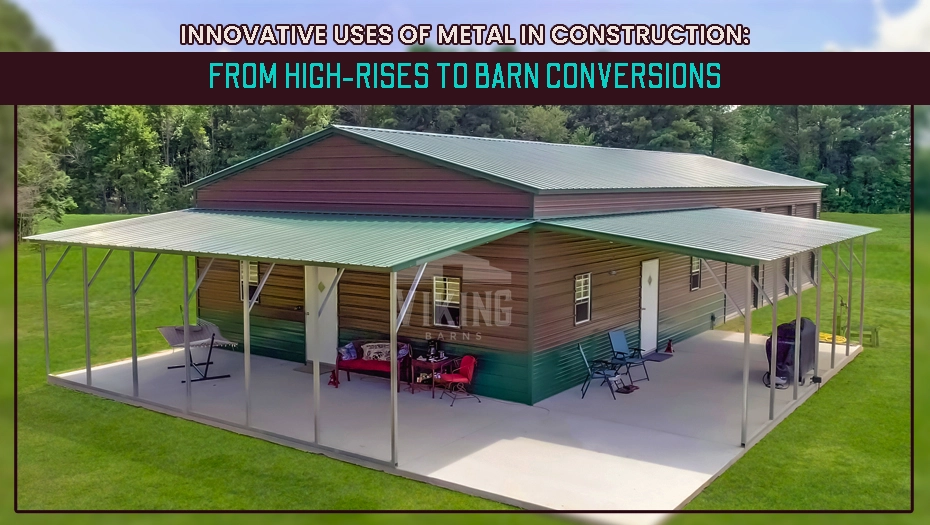
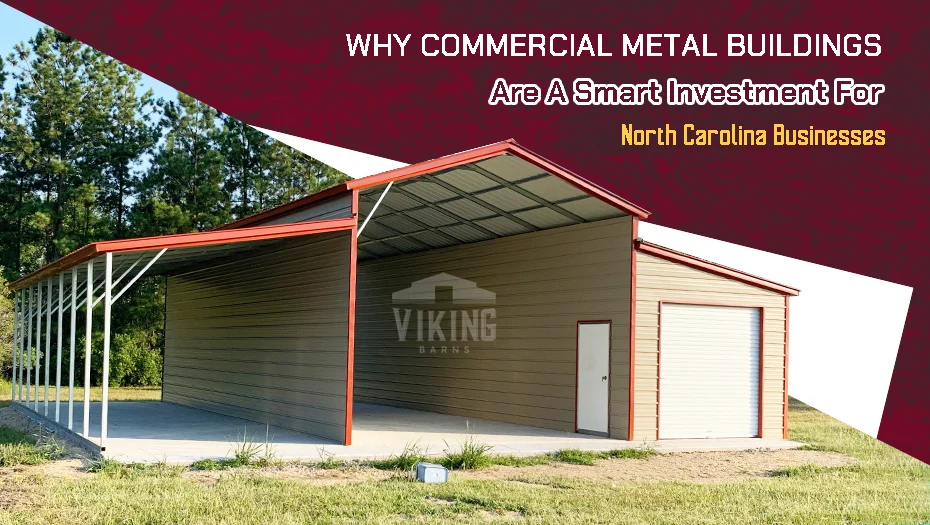
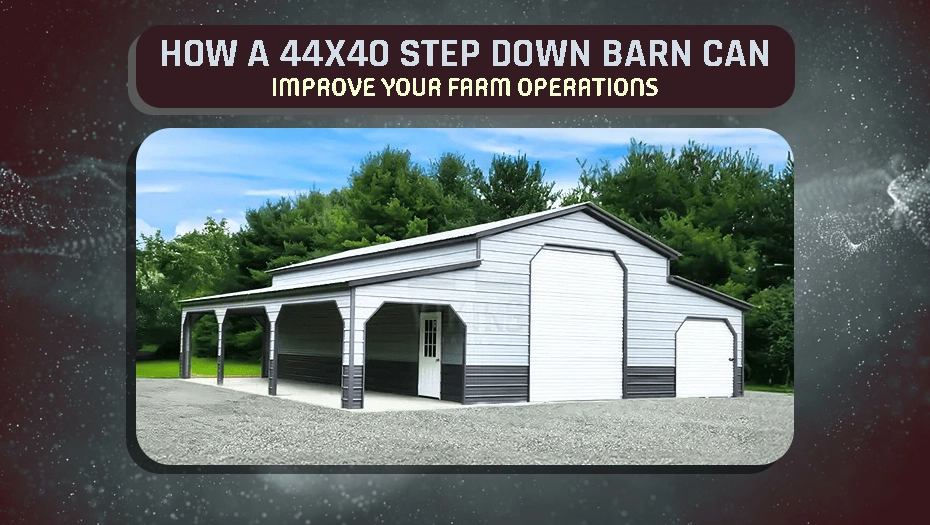
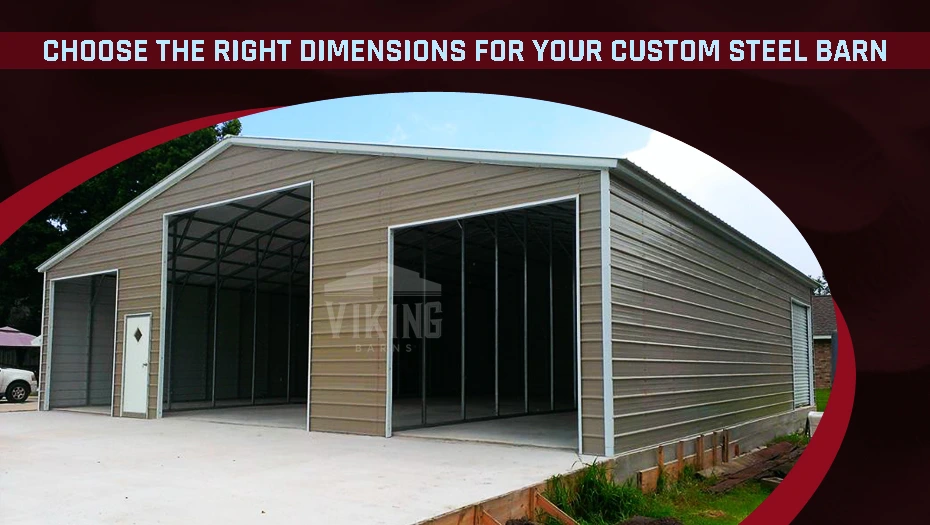
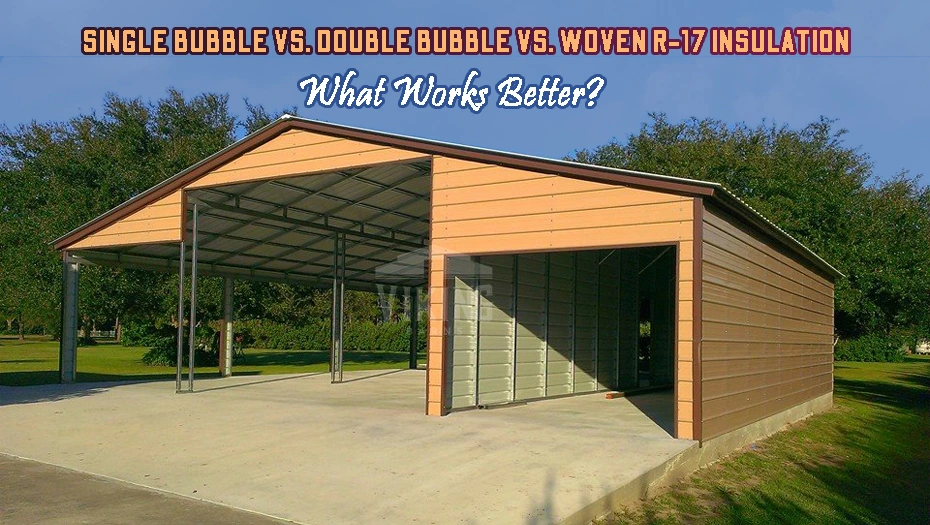
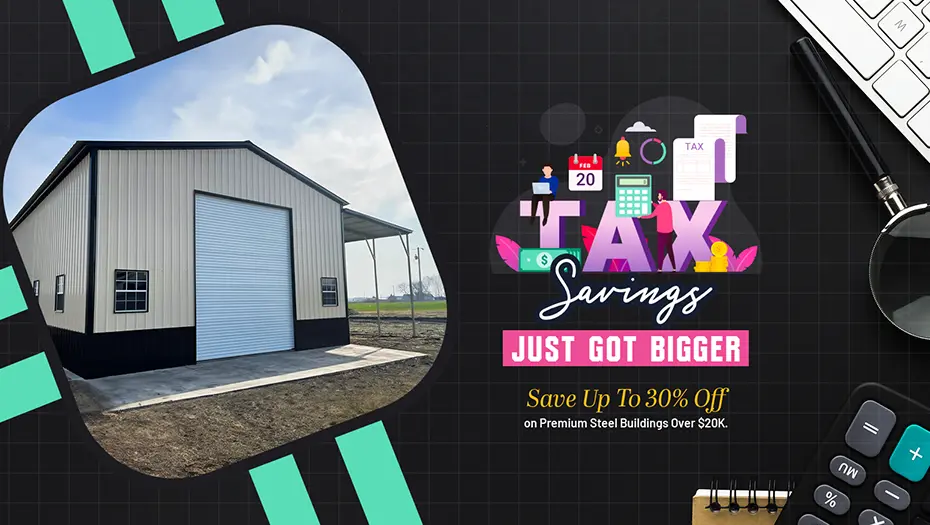
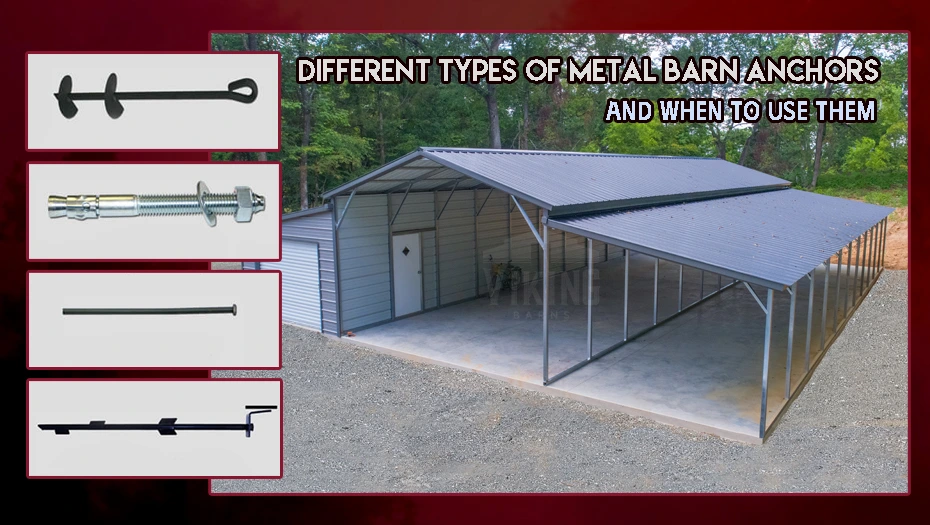


 Alabama AL
Alabama AL

 American Steel Carports Inc.
American Steel Carports Inc.